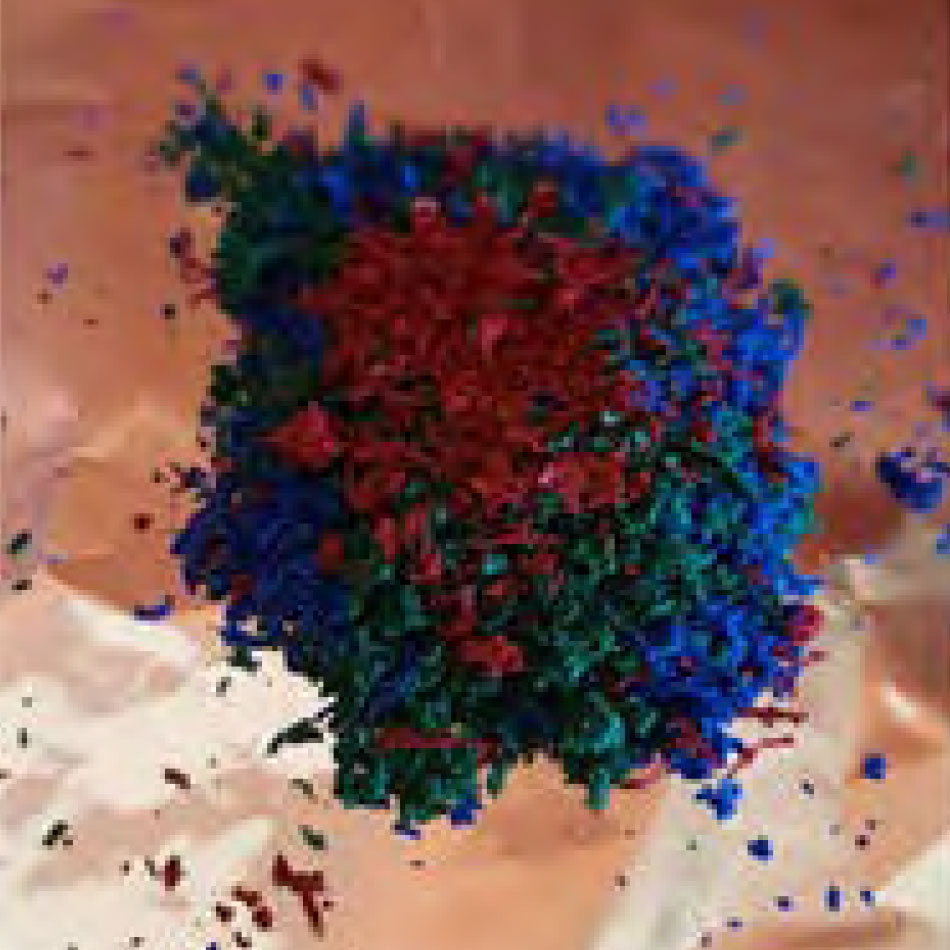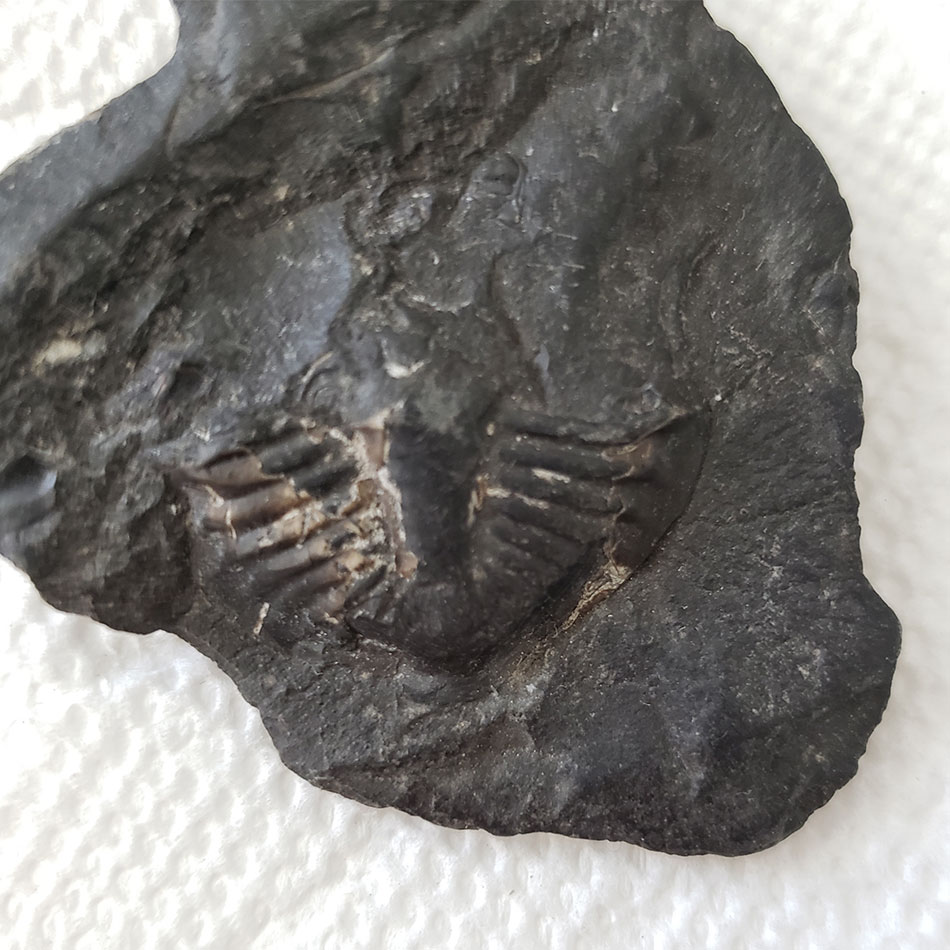Make your Own Rocks
Explore the three different types of rocks and learn how they’re formed and create your own sedimentary, metamorphic and igneous rocks out of old crayons.
- All
- Things to Make
- Experiments

What you’ll need:
- Used crayons (wax work best)
- A spoon, plastic knife or other
- Aluminum foil
- Water
- A kettle
- A bowl or pot
- Oven mitts

Activity setup:
You will be using crayon shavings to create three different kinds of rocks: sedimentary, metamorphic and igneous. The crayon shavings will represent the minerals in your rocks. Don’t use brand new crayons for this activity—you won’t be able to use them again!
Start by preparing your crayon shavings. Ask an adult to help you with this step! Use a plastic knife, a spoon or another blunt tool to scrape shavings from your crayons. The smaller the shavings, the better. You can choose as many colours as you’d like, but you will need to use at least two.
Once your shavings are ready, gather the rest of the materials and get started.

How does it work?
Sedimentary rock
Sedimentary rocks are formed when rocks on the surface of a landmass are eroded by wind, water and ice, and then deposited at the bottom of rivers, oceans and lakes for thousands or millions of years. Gradually, the particles are cemented together and hardened as a solid layer by pressure and heat.
- Place a small handful of crayon shavings on a piece of aluminum foil, then fold the aluminum foil so that the crayon shavings are tightly sealed inside. You can layer different colours on top of each other to recreate the look of layers of sediment built up over millions of years.
- Next, warm up the crayon shavings. Hold the foil packet between your hands or leave it in the sun for a few minutes. Be careful not to overheat the shavings—you don't want them to melt!
- It’s time to squeeze, stomp and squish! Press the crayon shavings together using as much pressure as you can.
- Carefully unfold your aluminum foil to reveal your sedimentary rock. If the crayon shavings fall apart, try again with more warmth and pressure.
Metamorphic rock
Metamorphic rocks are formed when sedimentary, igneous or even other metamorphic rocks deep below the Earth’s surface are altered by pressure and heat. One type of metamorphic rock is marble, which forms from limestone. Use your sedimentary rock from the first stage of this experiment to create a new metamorphic rock, or start with a fresh pile of crayon shavings if you’d like to keep your first rock.
- To create a metamorphic rock, you will need hot water. With adult supervision, heat up water in a kettle.
- While you’re waiting for your water to heat, fold a piece of aluminum foil into the shape of a plate or boat. Then, place your sedimentary crayon rock or fresh shavings on the aluminum foil.
- With adult assistance, pour the hot water into a bowl or pot. Set the aluminum foil containing your sedimentary rock or fresh shavings to float on the hot water.
- Wait a minute or two for the rock or fresh shavings to warm up—but don’t let them melt into magma. If you create magma, you will make an igneous rock instead of a metamorphic rock!
- While the crayon is still soft, use oven mitts to carefully remove the aluminum foil from the hot water. Let the crayon cool off a bit, then apply some pressure. You now have a metamorphic rock! How did the minerals blend together, and how is the texture of this rock different from the sedimentary rock?
Igneous rock
Igneous rocks are formed when molten rock, also called magma, cools and solidifies. Magma found deep underground forms igneous rocks slowly over time. If magma is exposed to cooler air—for example, if it is sitting on a volcano slope—it can harden much more quickly. One type of igneous rock is granite, which is usually made up of the minerals quartz, feldspar and mica. Use your metamorphic rock to create a new igneous rock, or start with new crayon shavings.
- It’s time to make magma! Just like you did for your igneous rock, ask an adult to heat up water while you create a boat out of aluminum foil. Place your metamorphic rock (or fresh shavings) on the aluminum foil.
- With adult supervision, pour the hot water into a bowl or pot, and then set your foil in the water.
- This time, wait for the crayon to melt completely. Isn’t magma magnificent?
- Use your oven mitts to carefully remove your aluminum foil from the water. Let your crayon magma cool, then examine your brand new igneous rock. What do you think would happen if your igneous rock was broken down by a glacier or subjected to more heat and pressure?

The Rock Cycle
For billions of years, rocks have been formed, broken down and reformed by natural forces. The rocks you see outside today are old as dirt—well, actually, they’re old as rocks! The rock cycle is the process by which one type of rock becomes another. An important part of the rock cycle is something called uplift, which occurs when rocks that were once underground move up to the Earth's surface.
Finding fossils
Some sedimentary rocks have fossils in them! When the remains of plants or animals are buried in sediment, they are sometimes preserved as fossils. This piece of shale from the Don River in Toronto contains the partial remains of a trilobite, which is a type of marine arthropod that has long gone extinct. Over 400 million years ago, this rock was mud at the bottom of a tropical sea!